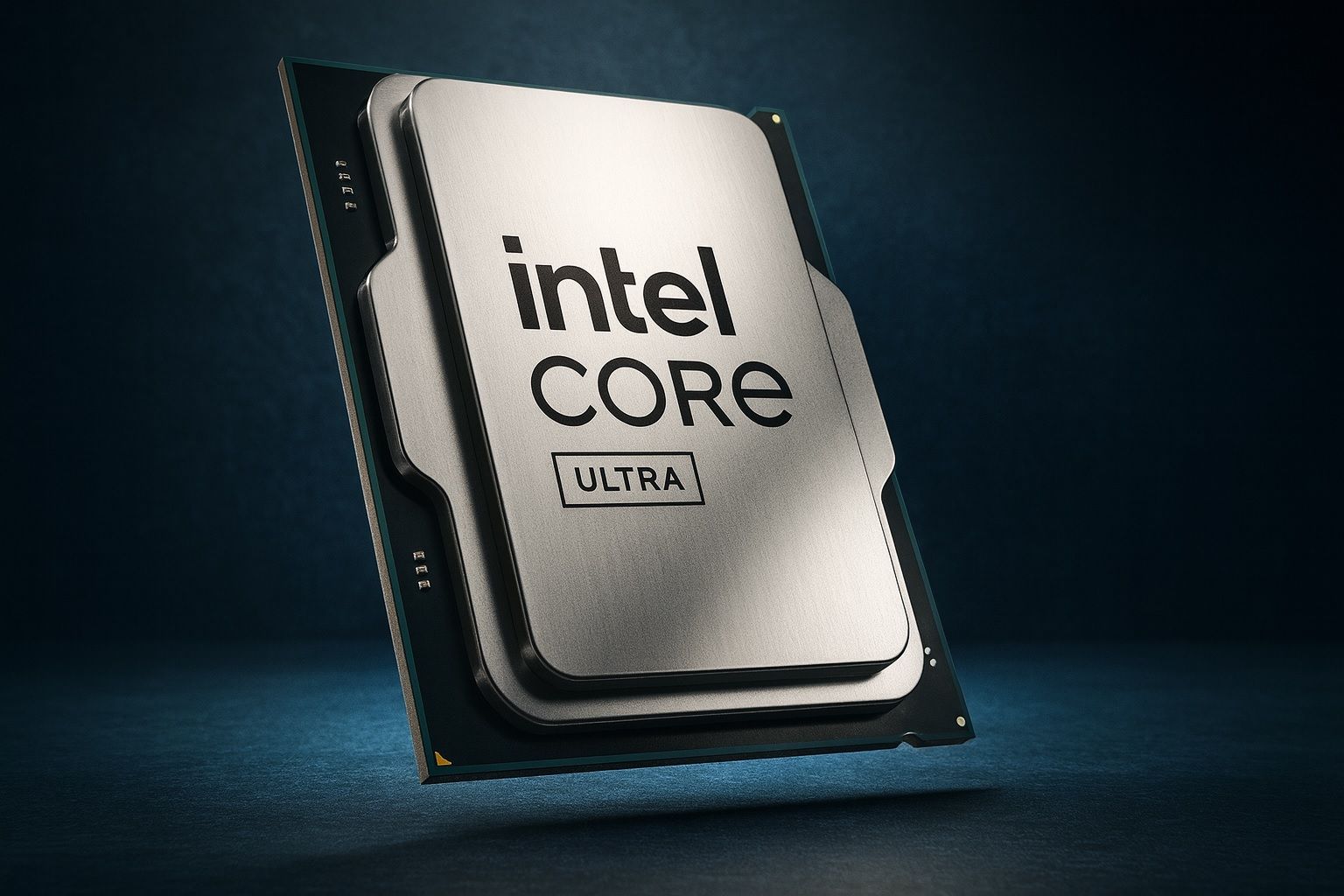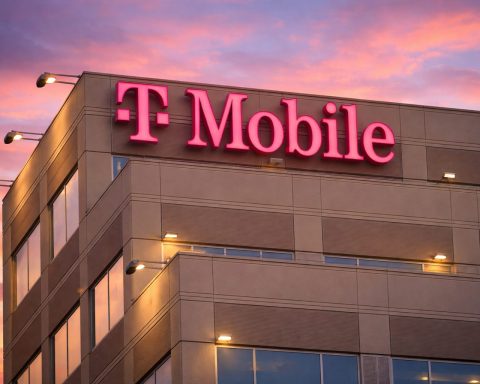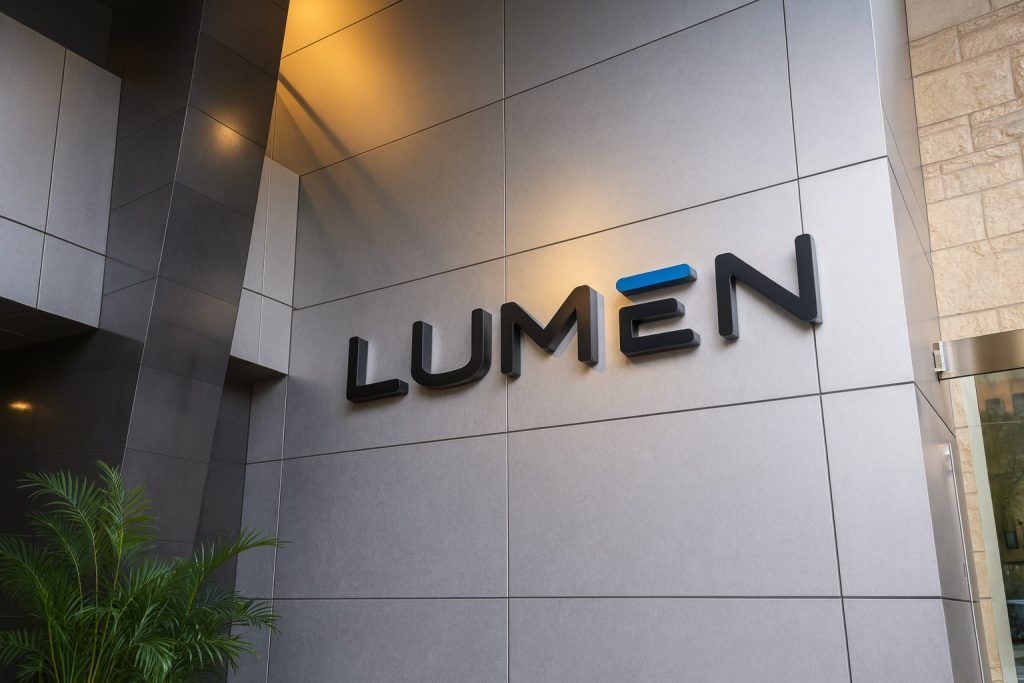- Q3 Beat: Intel reported $13.7 billion in Q3 2025 revenue and an adjusted EPS of $0.23, beating Street estimates and swinging back to profit [1] [2]. CEO Lip-Bu Tan hailed the results as “steady progress” with AI demand “accelerating” across Intel’s business [3].
- Stock Jump: Shares spiked ~8% in after-hours trading on Oct 23 and were up ~9% pre-market on Oct 24, trading around $38 – just shy of a two-year high [4] [5]. Intel’s stock is up about 85–90% this year, far outpacing the broader market [6] [7].
- Big Backers: The rally is underpinned by massive investments: the U.S. government is converting CHIPS Act funds into a ~10% stake (~$8.9 billion) in Intel, while NVIDIA and SoftBank each invested $5B and $2B, respectively [8] [9]. These deals have given Intel a cash lifeline and renewed investor confidence.
- AI Demand: Intel says chip demand is now “outpacing supply,” especially for its core PC and server processors [10] [11]. CEO Tan noted the recovery in its PC business (Client Computing Group revenue hit $8.5B) and emphasized that AI-driven upgrades are fueling continued growth [12] [13].
- Analyst Caution: Despite the euphoria, Wall Street remains cautious. The average 12-month price target is only about $29 – far below the high-$30s share price [14]. Most analysts still rate Intel a “Hold” or worse, and recent downgrades (HSBC to “Reduce”, Bank of America to “Underperform”) warn that the stock has “climbed too far, too fast” [15] [16]. Options markets imply a roughly ±10% swing around earnings, underscoring the uncertainty [17] [18].
- Valuation Stretch: Intel now trades at a very high forward P/E (~71×) compared to ~30× for NVIDIA and ~40× for AMD [19]. Investors like CNBC’s Jim Cramer have cheered CEO Tan’s dealmaking – calling him a “legendary semiconductor investor” – but many experts warn the fundamentals may not yet justify the stock’s lofty valuation [20] [21].
Intel’s blockbuster Q3 report (released Oct 23) delivered a welcome jolt. The company posted $13.7 billion in revenue and $0.23 in non-GAAP EPS, versus roughly breakeven expectations [22] [23]. This beat marks a sharp turnaround: Intel swung to a $4.1B GAAP profit after a year-ago loss of $16.6B. Management emphasized AI as the catalyst. As CEO Lip-Bu Tan put it, Intel is making “steady progress” and “AI is accelerating demand” for its chips [24]. CFO Dave Zinsner added that Intel’s balance sheet is now fortified by fresh funding from Washington, NVIDIA and SoftBank, and that demand “outpaces supply” for its processors [25] [26]. Tan also highlighted upcoming products (like new “Panther Lake” CPUs for AI PCs) that should benefit from the AI boom [27].
The market cheered these results. In after-hours trading Oct 23, Intel’s stock jumped roughly 8% [28], lifting the share price into the mid-$30s (around $37–38). By Oct 24 pre-market, shares were up about 9% [29]. This push came on top of a dramatic 2025 rally: Intel has doubled from its January lows and is roughly 85–90% higher year-to-date, making it one of the market’s best-performing big tech stocks [30] [31]. (For context, rival NVIDIA is also up strongly on AI, and AMD stock has surged ~80% in 2025 on its own AI deals [32].) Intel’s recent high-water mark was about $39.65 in mid-October [33].
AI Deals and Government Support Fuel Optimism
Investors point to unprecedented support and partnerships as reasons to keep buying. In August the U.S. government converted roughly $8.9 billion of Intel CHIPS Act funding into a 9.9% equity stake [34]. Shortly after, NVIDIA agreed to invest $5 billion in Intel (gaining ~4% ownership) and to collaborate on next-gen CPU+GPU products [35]. SoftBank’s Vision Fund quietly bought about $2 billion of Intel stock during Q3 [36]. In aggregate, Intel now has about $15B of fresh capital commitments, a cash infusion that CEO Tan and Wall Street believe can fund a turnaround.
“These investments have offered a lifeline to the stock,” noted the Reuters report – enabling a rally of “more than 90% in 2025, outperforming AI chip leaders NVIDIA and AMD” [37]. Creative Strategies CEO Ben Bajarin observes that Intel “has turned a corner and is steadying the ship,” calling the combination of cost cuts and new funding “a strong setup for 2026” [38]. Even CNBC’s Jim Cramer praised Tan as a “legendary semiconductor investor” for engineering the headline-making deals behind the rally [39].
Rumors of additional partnerships have also fueled excitement. Reports suggest that Microsoft Azure may place large chip orders with Intel, and even that Apple is in talks to become a strategic investor. (Intel’s foundry business is actively wooing Apple and other partners to use its fabs.) Intel is also previewing new high-performance processors (“Panther Lake” for PCs, “Clearwater Forest” for servers) designed for AI workloads [40] [41]. All these developments have kept Intel in the spotlight and helped push the stock to multi-year highs.
Wall Street: Cautious Amid the Euphoria
Despite the hype, many analysts urge caution. At a recent conference, Bank of America’s chip analyst warned that Intel “has run too far, too fast” without a clear earnings lift – downgrading INTC to “Underperform” [42]. HSBC similarly moved its rating to “Reduce,” citing execution risks. Indeed, the average 12-month price target among analysts is only about $29 [43], implying roughly 25% downside from current levels. Market data providers note that Intel’s consensus analyst rating is actually “Reduce,” with that sub-$30 target [44].
Options traders sense volatility: implied moves of roughly ±10% have been priced in around the earnings release [45] [46]. Bernstein analysts put it bluntly: while investors want to “claim victory for the embattled company, this fight is far from over; perhaps it’s better to call it a draw for now” [47]. Even Creative Strategies’ Bajarin admitted that while the pieces seem to be in place, Intel still needs to “prove its new strategy in the marketplace,” especially against fierce competitors.
One concern is Intel’s manufacturing. CEO Tan has slashed costs (cutting >20% of the workforce) and refocused Intel on its core fabs, but it will take time to improve chip yields. In fact, CFO Zinsner cautioned that yields for Intel’s cutting-edge “18A” node will remain below industry standards and may not be “acceptable” until 2027 [48]. In short, while demand is booming (even exceeding supply today), Intel’s factories must catch up to meet that demand efficiently.
Valuation is another sticking point. Intel now trades at a strikingly high multiple: a ~71× forward P/E versus ~30× for NVIDIA and ~40× for AMD [49]. Some analysts worry the stock has gotten ahead of itself on hope rather than profits. “Intel’s stock has a history of popping on optimistic news only to cool off,” one commentator observed, so this week’s rally will need solid follow-through [50].
Outlook: Riding the AI Wave or Overextended?
Looking ahead, Intel offered reasonably upbeat guidance. For Q4, management sees revenue around $12.8–13.8 billion (midpoint ≈$13.3B) and EPS of about $0.08 (non-GAAP) [51] – roughly in line with analyst expectations. CEO Tan emphasized that the AI-driven refresh in PCs and data centers is “still strong,” and Intel is already shipping its new processors for those segments [52]. He also noted that Intel’s foundry business could benefit if big names like AMD or Apple choose its fabs [53].
On the demand side, the semiconductor industry is enjoying a tailwind: chip sales worldwide are expected to hit a record roughly $697 billion in 2025 as AI, 5G and cloud deployments surge [54]. If this bullish macro trend plays out, Intel’s vast installed base of CPUs and its new AI accelerator chips (alongside its cash-rich balance sheet) could indeed find ample opportunity.
But the key question is whether Intel can translate this momentum into sustained revenue and profit growth. In the near term, investors will watch Q4 results and 2026 guidance closely. If Intel’s earnings continue to impress and the AI-driven upgrade cycle remains strong, bulls will argue the comeback is real. If not, skeptics will point to the high valuation and lingering execution risks. For now, the market is betting on a turnaround – but as Bernstein put it, the verdict is still out.
Sources: Intel’s official earnings release and analyst calls [55] [56]; Reuters reports on Q3 results and stock moves [57] [58]; TechStock² analysis [59] [60] [61]; and technology news coverage [62] [63].
References
1. ts2.tech, 2. ts2.tech, 3. ts2.tech, 4. ts2.tech, 5. www.reuters.com, 6. www.reuters.com, 7. ts2.tech, 8. www.reuters.com, 9. www.reuters.com, 10. ts2.tech, 11. www.techbuzz.ai, 12. ts2.tech, 13. www.techbuzz.ai, 14. ts2.tech, 15. ts2.tech, 16. ts2.tech, 17. ts2.tech, 18. ts2.tech, 19. www.reuters.com, 20. ts2.tech, 21. www.reuters.com, 22. ts2.tech, 23. ts2.tech, 24. ts2.tech, 25. ts2.tech, 26. www.techbuzz.ai, 27. ts2.tech, 28. ts2.tech, 29. www.reuters.com, 30. www.reuters.com, 31. ts2.tech, 32. ts2.tech, 33. ts2.tech, 34. www.reuters.com, 35. www.reuters.com, 36. www.reuters.com, 37. www.reuters.com, 38. www.reuters.com, 39. ts2.tech, 40. ts2.tech, 41. ts2.tech, 42. ts2.tech, 43. ts2.tech, 44. ts2.tech, 45. ts2.tech, 46. ts2.tech, 47. www.reuters.com, 48. www.reuters.com, 49. www.reuters.com, 50. ts2.tech, 51. ts2.tech, 52. ts2.tech, 53. ts2.tech, 54. ts2.tech, 55. ts2.tech, 56. ts2.tech, 57. www.reuters.com, 58. www.reuters.com, 59. ts2.tech, 60. ts2.tech, 61. ts2.tech, 62. www.techbuzz.ai, 63. www.techbuzz.ai







